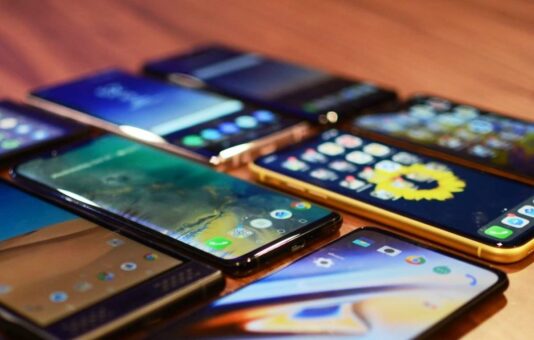In a significant uptick, Pakistan has imported mobile phones worth $1.30 billion during the first nine months (July – March) of the fiscal year 2023-24, marking a 181 percent increase from the same period last year. This surge compares to a modest $462 million in mobile phone imports during the corresponding months of the previous fiscal year, according to the latest data released by the Pakistan Bureau of Statistics (PBS).
Market analysts point to several factors driving this dramatic rise, notably the relaxation of foreign payment regulations by the State Bank of Pakistan (SBP) and an increasing demand for mobile banking services across the country.
The growth in mobile phone imports is even more pronounced when measured in local currency, with Pakistan spending Rs 369 billion on these imports during the current fiscal year, up from Rs 106 billion in the previous year—a staggering increase of 248 percent. This sharp rise is primarily attributed to the devaluation of the Pakistani Rupee (PKR) against the U.S. Dollar, which has inflated the cost of imports.
“The easing of restrictions on foreign payments by the SBP has certainly played a crucial role in facilitating this surge in mobile phone imports,” explained Ayesha Khan, a senior financial analyst at a leading market research firm in Karachi. “Additionally, as more Pakistanis embrace digital financial services, the demand for high-quality mobile devices has grown, driving up imports.”
The shift towards mobile banking and digital financial solutions has accelerated in recent years, spurred by the government’s push towards financial inclusion and the broader digitization of services. This trend has created a robust demand for smartphones, which are essential for accessing these digital platforms.
However, the dramatic rise in mobile phone imports has implications for Pakistan’s trade balance. The increase contributes to the widening of the trade deficit, a concern for economic managers in the country grappling with fiscal pressures and striving for economic stabilization.
Furthermore, the depreciation of the PKR has exacerbated the situation, making imports costlier and impacting the overall affordability of mobile phones for the average Pakistani consumer. The currency’s decline reflects broader economic challenges, including inflationary pressures and concerns about Pakistan’s foreign exchange reserves.
“Looking ahead, it will be crucial for Pakistan to manage its import bills by fostering a local industry for mobile phone assembly and manufacturing,” suggested Khan. “Not only would this help reduce dependency on imported goods, but it could also create job opportunities and enhance technological skills in the local workforce.”
The government has shown interest in promoting local manufacturing of electronic goods, including mobile phones, as part of its broader industrial policy. Such initiatives are aimed at reducing the trade deficit and boosting domestic production capacities.
As Pakistan navigates these economic challenges, the balance between meeting consumer demand for advanced technological products and managing the economic implications of such imports will be pivotal. Market observers and policymakers will be keenly watching how these dynamics unfold in the coming months, particularly as the country’s economic policies continue to evolve in response to both domestic and international pressures.
